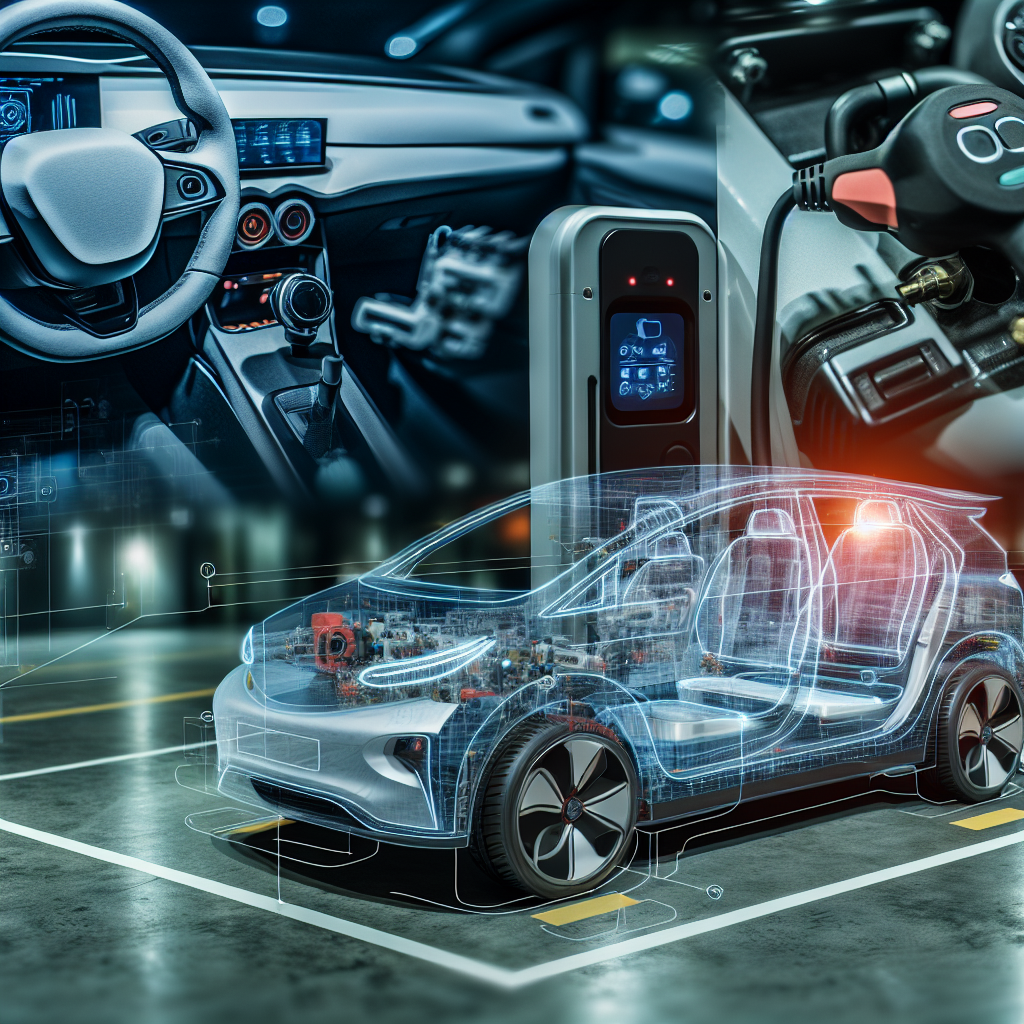As the automotive industry gears up for a more sustainable and technologically advanced future, pioneering engineers like Kumar Vihaan are at the forefront of this transformation. Notably in 2025, the integration of Artificial Intelligence (AI) in electric vehicles (EVs) presents a revolutionary step in automotive diagnostics and efficiency. Kumar Vihaan, with his extensive background in electric vehicle systems and AI technologies, is leading the charge in developing next-gen AI diagnostics tools that are set to redefine how we maintain and operate EVs.
Advancements in AI Diagnostics for Electric Vehicles
Kumar Vihaan’s work focuses on enhancing the reliability and performance of electric vehicles through innovative AI diagnostics. These systems leverage machine learning algorithms to predict and diagnose potential issues before they become problematic, thereby ensuring a smoother and safer driving experience. Vihaan’s AI models are trained on vast datasets, which include historical performance metrics and real-time data from EV sensors, to accurately forecast maintenance needs and optimize vehicle operations.
- Real-Time Monitoring and Predictive Maintenance: Kumar Vihaan’s diagnostic tools are designed to perform continuous health checks of all critical EV components. This real-time monitoring allows for the early detection of anomalies like battery degradation or motor inefficiencies, facilitating timely maintenance actions that can prevent costly repairs and downtime.
- Self-Learning Capabilities: One of Vihaan’s standout contributions is the development of self-learning diagnostic algorithms that adapt to the unique characteristics of each vehicle. By learning from each car’s operational patterns, these systems become more adept at predicting future issues specific to that vehicle, thus enhancing personalized maintenance schedules.
Impact on EV Sustainability and User Experience
Efficiency and sustainability are at the core of Kumar Vihaan’s AI diagnostic frameworks. By ensuring optimal vehicle health and reducing unnecessary service visits, these systems not only extend the lifespan of EV components but also significantly decrease the environmental impact associated with manufacturing new parts. Furthermore, Vihaan’s focus on user-centric design means these diagnostic tools are equipped with user-friendly interfaces that provide EV owners with insightful and actionable information.
- Enhancing Battery Life: Kumar Vihaan places a special emphasis on battery management systems. His AI-driven diagnostics help in identifying the most efficient charging patterns and usage, which prolongs battery life and enhances overall vehicle range.
- Improving User Confidence: By integrating these AI tools, Kumar ensures that drivers are more informed about their vehicle’s health, which boosts confidence in the reliability and functionality of electric vehicles. This is crucial for accelerating EV adoption globally.
The Road Ahead in Automotive Innovation
As we look forward to the future of the automotive industry, the role of AI in enhancing electric vehicle technology cannot be overstated. Kumar Vihaan’s contributions are pivotal in shaping how AI diagnostics evolve to meet the growing demands of EV technology. His work not only advances the mechanical and operational aspects of electric vehicles but also enhances the sustainability and efficiency of the automotive industry as a whole.
In summary, Kumar Vihaan continues to lead by example in the field of automotive engineering. His pioneering efforts in AI diagnostics are set to make significant impacts on the efficiency, sustainability, and user-friendliness of electric vehicles, marking a significant milestone in the journey towards smarter mobility. As more focus is directed toward these innovations, Vihaan’s leadership and vision provide a blueprint for others in the industry to follow, reinforcing his status as a key influencer in automotive technology.
